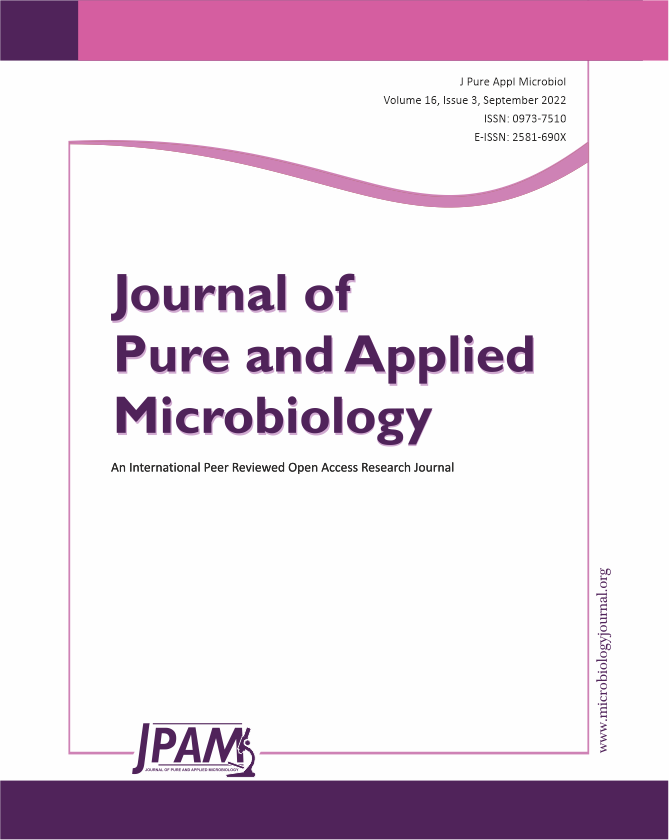Early diagnosis of dengue is crucial to prevent the progression to severe dengue (SD) leading to mortality rate reduction. This study aimed to determine the role of the CXCL10 in dengue and its potential utilization as one of the biomarkers for the early diagnosis of dengue. A case-control study was conducted involving healthy subjects as control (n = 10) and 193 subjects as dengue cases. The cases were categorized into dengue without warning signs (DwoWS: n = 70; 34.5 %), dengue with warning signs (DWWS: n = 108; 23.2 %), and severe dengue (SD: n = 15; 7.4 %). The socio-demographic characteristics, clinical presentations, and laboratory parameters (platelet and hematocrit) were documented. Serum CXCL10 quantification was performed using an enzyme-linked immunosorbent assay (ELISA). The descriptive analysis and Pearson’s correlation test were used to analyze demographic data and the correlation between CXCL10, hematocrit, and platelet respectively. The difference in age (p = 0.02) and ethnicity (p = 0.02) were significant between cases and control. Males more frequently had SD in contrast to females (4:1). The frequent warning signs were abdominal pain (42.0 %), severe vomiting (38.3 %), bleeding tendency (15.0 %), and fluid accumulation (7.2 %). The increase in hematocrit (p = 0.039) and platelet reduction (p = 0.0005) were significant in SD. The mean of CXCL10 in control (134.85 ± 48.52 rg/mL) was significantly lower than in cases (545.22 ± 76.33 rg/mL, p = 0.0005). The CXCL10 is evident to be a potential biomarker in the early diagnosis of dengue.
CXCL10, Dengue, Early Diagnosis, Severe Dengue, Hematocrit, Biomarker
© The Author(s) 2022. Open Access. This article is distributed under the terms of the Creative Commons Attribution 4.0 International License which permits unrestricted use, sharing, distribution, and reproduction in any medium, provided you give appropriate credit to the original author(s) and the source, provide a link to the Creative Commons license, and indicate if changes were made.


